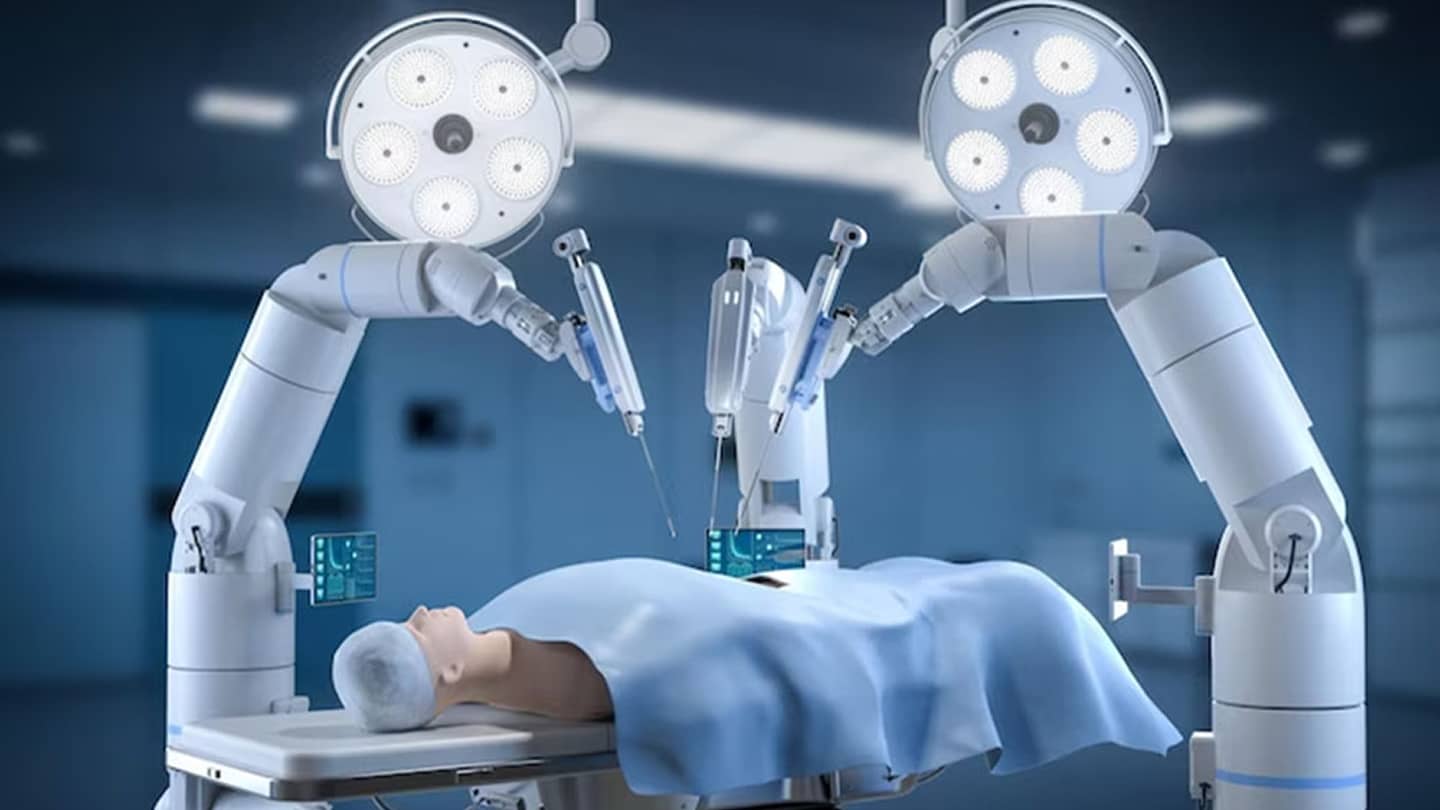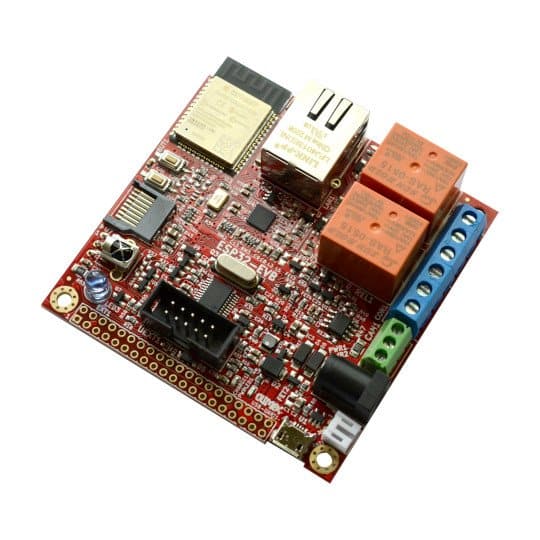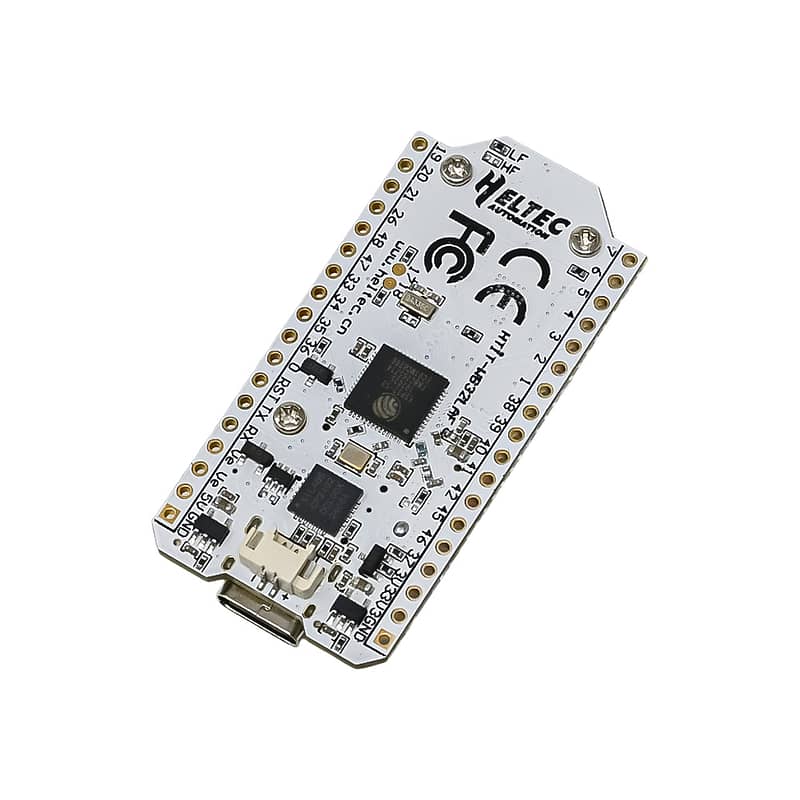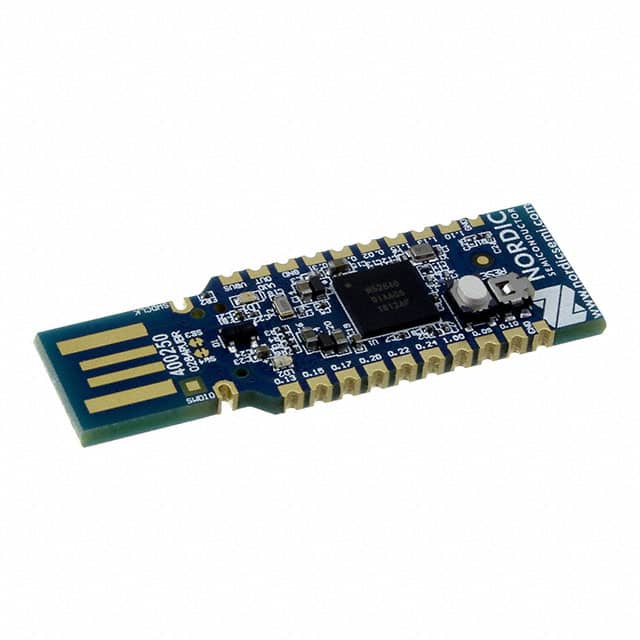
What Is Robotic Surgery?
Robotic surgery—also called robot-assisted surgery—involves the use of computer-controlled robotic arms and instruments that assist surgeons in performing complex procedures with enhanced precision, control, and minimal invasiveness.
While robots don’t perform surgeries autonomously, they act as advanced tools that translate a surgeon’s hand movements into refined actions, often with greater stability and 3D visualization than manual techniques allow
How Robotic Surgery Works
A typical robotic surgery setup includes:
- Surgeon Console: Where the surgeon sits and operates robotic arms using hand controls and foot pedals while viewing a 3D high-definition screen.
- Patient-Side Cart: Houses multiple robotic arms with surgical instruments.
- Vision System: Provides magnified, real-time 3D visualization inside the body.
These systems are designed to eliminate human hand tremors, scale motions (e.g., a 1-inch movement becomes 1 mm), and reach tiny or difficult anatomical areas.
Leading Robotic Surgery Systems
- Da Vinci Surgical System (Intuitive Surgical)

The most widely known surgical robot, used in over 10 million surgeries globally.
- Best For: Urologic surgeries (prostatectomy), gynecological procedures (hysterectomy), hernia repair, and cardiac valve repair
- Key Features:
- 4 robotic arms + 3D HD vision system
- Tremor filtration and motion scaling
- Minimally invasive access through 1–2 cm incisions
Used in 6,000+ hospitals globally and continues to evolve with AI enhancements.
2.MAKO SmartRobotics™ (Stryker)

Focused on orthopedic surgeries, especially joint replacements.
- Best For: Total hip and knee replacements
- Features:
- Pre-surgical 3D CT planning
- Real-time bone mapping
- Haptic feedback for safety and precision
Studies show reduced soft tissue damage and faster recovery times with Mako-assisted procedures.
3.ROSA Brain and ROSA Knee (Zimmer Biomet)

A versatile surgical robot used in both neurosurgery and orthopedics. Source
- ROSA Brain: Assists in deep brain stimulation and stereotactic procedures (e.g., epilepsy or Parkinson’s surgery)
- ROSA Knee: Provides personalized alignment in knee replacements
4.ExcelsiusGPS (Globus Medical)

ExcelsiusGPS is used in spine and cranial surgery. Combines robotics with real-time imaging for precise screw placement.
- Best For: Spinal fusion, trauma, tumor treatment
5.CyberKnife (Accuray)

Unlike traditional surgical robots, CyberKnife performs robotic radiosurgery—non-invasive treatment for tumors and vascular malformations using focused radiation.
Where It’s Being Used
| Region | Hospitals | Procedures |
| USA | Mayo Clinic, Cleveland Clinic | Cardiac, urologic, spine |
| Europe | Guy’s & St Thomas’, Charité | Prostate, gynecology |
| Asia | Apollo Hospitals (India), Tokyo Medical | Cancer, ENT, bariatrics |
Benefits of Robotic Surgery
| Benefit | Impact |
| Precision | Smaller incisions, minimal damage to surrounding tissue |
| Better Visualization | 3D-HD camera offers enhanced view of surgical field |
| Faster Recovery | Less pain, fewer complications, shorter hospital stays |
| Consistency | More repeatable outcomes across procedures |
| Ergonomics | Reduces surgeon fatigue during long operations |
Limitations & Considerations
- Cost: High initial cost ($1–$2 million per system) and maintenance
- Training Time: Surgeons require weeks of simulation and real-case experience
- Not Autonomous: Surgeon must still guide all tools—robot isn’t “intelligent” on its own
- Not for All Cases: Open surgery still preferred for some trauma and emergencies
What’s Next in Robotic Surgery?
- AI & Predictive Analytics: Real-time feedback during procedures based on patient data
- 5G Remote Surgery: Already tested in China, allowing expert surgeons to operate from miles away
- Miniature robots: Swallowable robots for diagnostics and internal drug delivery
- Augmented Reality (AR): Overlay anatomical guides during surgery
Is Robotic Surgery Right for Your Facility?
If you’re part of a hospital system or surgical center considering robotic solutions, start by asking:
- Do your surgeons handle complex, minimally invasive procedures regularly?
- Is there a need to increase patient throughput and reduce post-op recovery times?
- Is there long-term ROI potential through shorter stays, better outcomes, and market advantage?
Explore Robotic Surgery Systems at SmartHubShopper.com
Looking to compare systems like Da Vinci, Mako, or ROSA Brain for your hospital? Let our expert team at Smart Hub Shopper guide you through the best robotic surgery platforms based on your specialty, budget, and patient needs.




